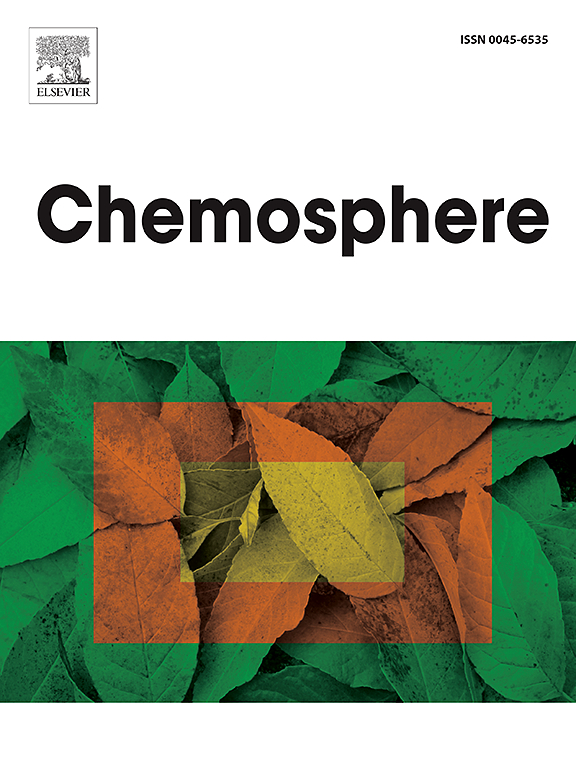Non-essential trace elements, methylmercury, and organic contaminants in hunted ringed seals (Pusa hispida) from Baffin Island, Nunavut, Canada
IF 8.1
2区 环境科学与生态学
Q1 ENVIRONMENTAL SCIENCES
引用次数: 0
Abstract
Ringed seals (Pusa hispida) are a key food resource for Inuit communities in Nunavut, Canada, thus justifying the need for regular monitoring of environmental contaminants in these animals. The primary objective of this study was to determine the current levels of some non-essential trace elements, including cadmium (Cd), total mercury (THg), and methylmercury (MeHg), and of polychlorinated biphenyls (PCBs) and polybrominated diphenyl ethers (PBDEs) in ringed seals of eastern Nunavut. Selenium (Se), an essential trace element, was also included because of its strong interaction with Hg. From 2016 to 2018, 117 seals were harvested and sampled during subsistence hunts. Young of the year (YY), the most harvested and consumed age class in this study, had lower levels of muscle and liver Cd, THg, and MeHg than juveniles and adults. Se and THg were highly correlated in liver, consistent with the presence of inert Se:Hg granules. Levels of PCBs and PBDEs in blubber were in the same range as elsewhere in the Canadian Arctic. Using recent European reference values for human consumption of food products, most seals of all ages exceeded the value for liver Cd, but many less exceeded the value for muscle Cd. Using the lower Canadian reference value for THg for human consumption of fish products but based on concentrations of MeHg, the more toxic form of Hg, no muscle samples and very few liver samples exceeded this value. These observations support the continuous use of ringed seals as a safe food source for Inuit communities of eastern Nunavut.

求助全文
约1分钟内获得全文
求助全文
来源期刊

Chemosphere
环境科学-环境科学
CiteScore
15.80
自引率
8.00%
发文量
4975
审稿时长
3.4 months
期刊介绍:
Chemosphere, being an international multidisciplinary journal, is dedicated to publishing original communications and review articles on chemicals in the environment. The scope covers a wide range of topics, including the identification, quantification, behavior, fate, toxicology, treatment, and remediation of chemicals in the bio-, hydro-, litho-, and atmosphere, ensuring the broad dissemination of research in this field.
 求助内容:
求助内容: 应助结果提醒方式:
应助结果提醒方式:


